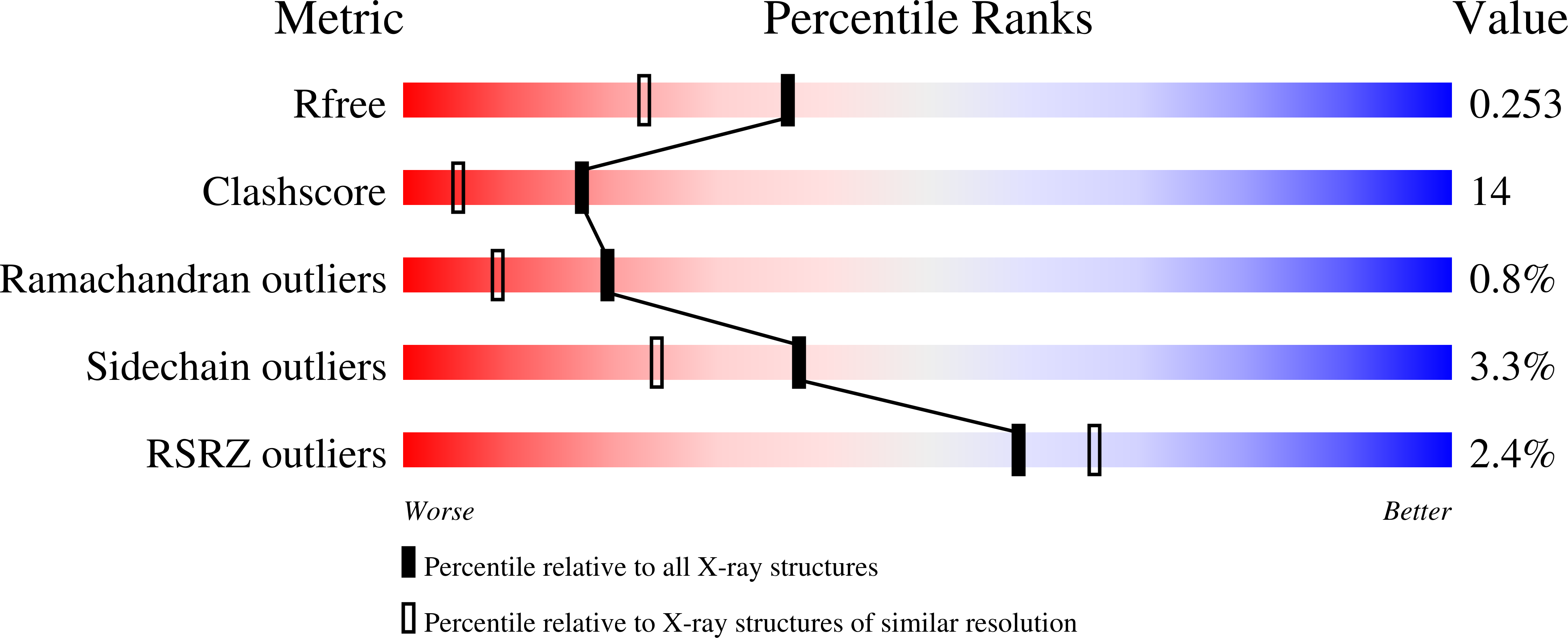
Deposition Date
2005-03-21
Release Date
2005-07-19
Last Version Date
2024-11-20
Entry Detail
PDB ID:
1Z5Y
Keywords:
Title:
Crystal Structure Of The Disulfide-Linked Complex Between The N-Terminal Domain Of The Electron Transfer Catalyst DsbD and The Cytochrome c Biogenesis Protein CcmG
Biological Source:
Source Organism:
Escherichia coli (Taxon ID: 562)
Host Organism:
Method Details:
Experimental Method:
Resolution:
1.94 Å
R-Value Free:
0.27
R-Value Work:
0.23
Space Group:
P 1 21 1


